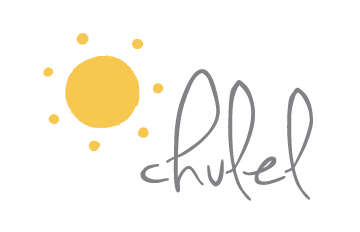This video launches a new series I have on Fixing Your Frozen Shoulder at home. Over the next few episodes we’ll get into common compensation patterns that lead up to frozen shoulder and which massages/stretches and then exercises you can do to alleviate frozen shoulder symptoms or even keep it from coming on.
What is frozen shoulder?
Frozen shoulder, aka adhesive capulitis, is experienced as pain (often sharp) when moving your arm out to the side or overhead. Sometimes I’ve seen folks where it hurts to lift their arm in front of them, but usually it’s to the side and above. It can be difficult to put a shirt on overhead (ladies, bras=not fun) or brushing your hair.
How do we get frozen shoulder?
Like everything we hear nowadays, sitting (or standing) with your arms bent in front of you with hands on a keyboard, screen or steering wheel. The bicep muscles connect into the pec minor, chest muscle, right in front of your shoulder. So, when you bend your arms like a T-Rex all day, you’re shortening that lever and the back of the arm/shoulder get ticked off about helping hang your arms in front of you for hours at a time. Ergo, you have tight biceps, triceps, chest and rotator cuff.
Anatomy of the Shoulder Girdle
The shoulders are this crazy prehistoric wingspan we have. They only attach at the sternum! The collarbone acts as the harness and the shoulder blades should actually float on the back of the ribs! Thing is, if your shoulders are stuck, there’s a few different joints in this wingspan that can become weak or just that your brain forgot it can move your arms a certain way.
The shoulder blade is different from the arm/shoulder joint. This means that your shoulders can be stuck in a spot for years and you wouldn’t know it cause your ball-and-socket arm joint can still move pretty freely. I find that in order to fake good posture, we think shoving our shoulders down our back is helpful. But, this locks out our mid-backs and eventually makes things like twisting all but impossible and leads to a host of other problems like lower back pain. The vast majority of adults I see fit into this category and this was before we had a pandemic and had all our meetings shoulders up.
Biomechanics of the Shoulder
Another thing our fitness professionals tell us to do is ‘pinch your shoulder blades together’. Well, this too, forces pressure in places of our spine that aren’t supposed to be there. Not saying adduction (what this motion is called) isn’t needed for everyone for posture, it’s just over-simplifying the process.
What we need more of is abduction of the shoulders and proper rotation. The poster child I always use here is Bruce Lee. Look of a picture of that man and you can see all the muscles around his mid back and shoulders. Dude, had great biomechanics. This means more rotator cuff strength, which a lot of our fitness paradigms don’t work enough.
Breath Component of Frozen Shoulder
When we breathe, the collar bone should move up and down. This means that shoulder girdle is getting massaged with every breath cycle. A lot of us are upper chest breathers, meaning only the collarbone moves, but the shoulders are so stuck, our wingspan isn’t getting ‘stretched’ with every breath. We therefore can’t properly fix a shoulder impingement without looking at the breath and that those blades, again, should be oscillating on the ribs. This will be part of a later module.
Fascial Chains of Shoulder Impingement
A lot of shoulder issues are also about how you use your hands. My last YouTube course was on carpal tunnel syndrome. A lot of that content complements what we will cover in this course. There’s some overlap, but the differences really will help any stiff shoulder issue.
In this course we will go through the major fascial chains of shoulder impingement and look at common tight spots and underactive areas. Each segment will have a self-massage, stretching and reactivation aspect to remind your brain and your body how to operate your upper body and work towards things like a pull up.
Thanks for watching!

